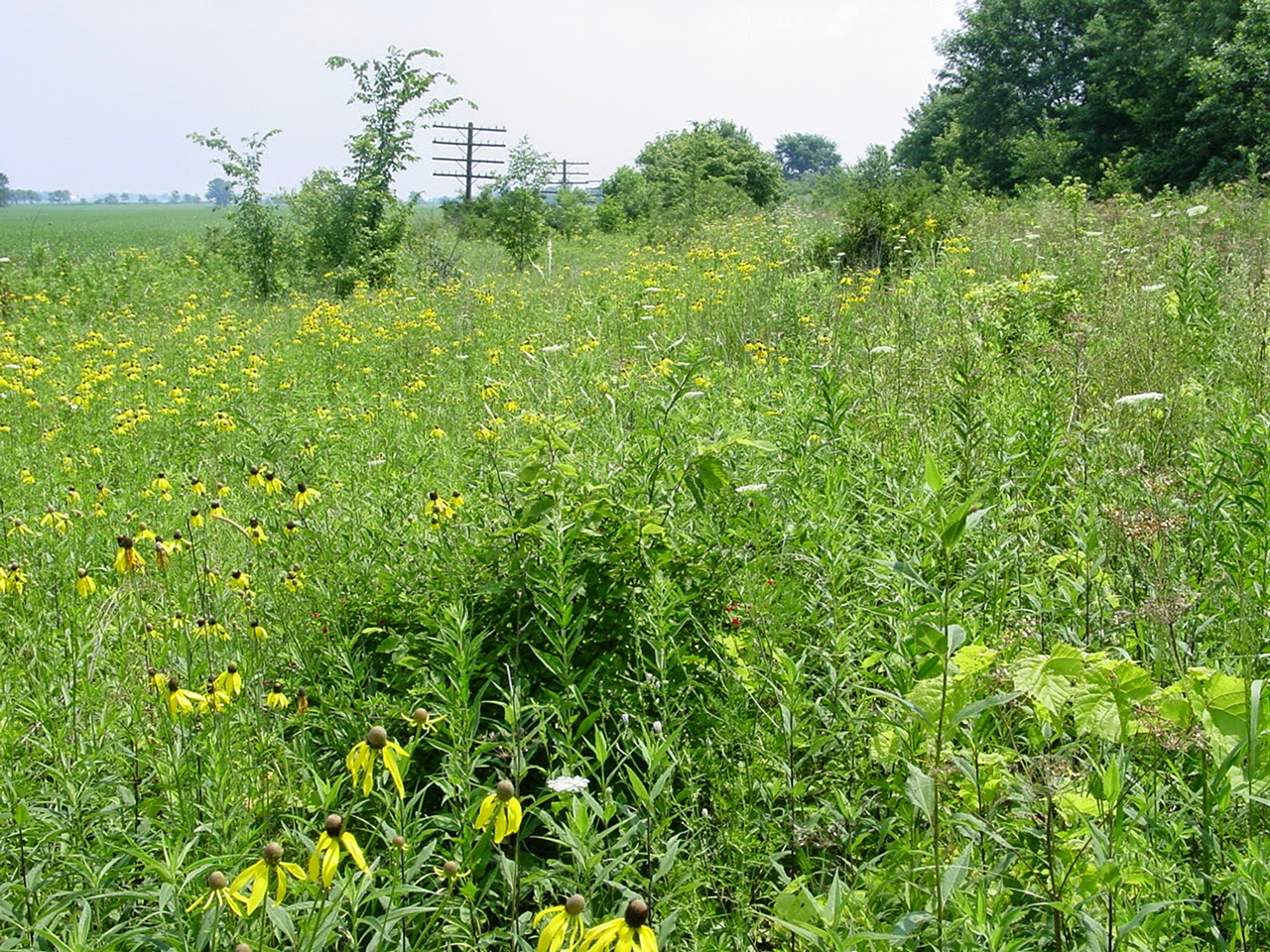In Part 2, entitled “Serving With Creation,” I emphasized that intimacy with God gives us a disposition that submits to both God’s natural revelation (in creation) and to His special revelation (in Scripture) so that we can learn from creation and conserve it for God’s glory. I call this “serving with creation.”
Part 2 begins (See Article #1 September) with an emphasis on knowing the history of the place we wish to conserve. Just as acquaintance with a person must include a knowledge of his or her origin, family history, and future plans, so conservation of a particular place on planet Earth must consider the geologic and climatic history of the place in question, the present dynamics at work within it, and the most probable future trajectory for this particular place. Allow me to apply this principle in a more practical way in the following paragraphs where I will share from my personal experience. In Part II, Article #3, I plan to describe my recent land stewardship efforts.
 |
| With Jesse and my parents, Bert and Esther Silvius Background: Dad's grafted apple trees & grandpa's bee hives |
When I moved from the farm, married, began classroom teaching, and started raising a family, my farming interests shifted into gardening. Maintaining a large garden became a useful a useful means to instill a work ethic into their lives. It was a blessing for our family to share the satisfaction of fresh vegetables for our table in the summer, a store of food for the winter months, and the opportunity to share of our bounty with others.
Since the 1990, my love of gardening has taken a turn to what some call the “wild side of gardening.” Now that our children have their own homes, instead of mulching and cultivating garden plots, I’ve found joy and satisfaction in exploring and managing “wild places”—also called “natural areas.” During my tenure as professor of biology at Cedarville University, I was privileged to introduce my botany and ecology students to remnant prairie communities that survived along the railway leading from Columbus through Cedarville to Cincinnati. I had first become aware of these prairie remnants in the late 1960's when Dr. Charles C. King, my Malone College biology professor at the time, spoke of them. [More about "Charlie King" in a future article.]
Remnant prairie communities are just that—“remnants” of an extensive mosaic of prairie grassland communities surrounded by a matrix of forest communities throughout what is now central and SW Ohio (See Part II, Article #1 September). As Ohio forests were cleared for agriculture and urban development in the 18th and 19th centuries, wet and dry prairie communities were converted into cropland. By the 20th century, the last refuges of prairie in Ohio were cemeteries and railways which had escaped the plow and bulldozer.
As we have noted, the settlement of the landscape of W-SW Ohio within the past two centuries has greatly altered it in all but isolated areas, mostly along railways, now bikeways. Agricultural cropping would have eliminated its uniqueness as had been accomplished in the thousands of acres of surrounding farmland. While the railroad right-of-way was still busy carrying trains, these prairie wildflowers were seldom even seen by humans unless they were visible from a railroad crossing or visible to those who hiked or farmed along the tracks.
 |
| "Sabbath Rest" between active railway era & Prairie Grass Trail |
That such a narrow slice of landscape could have provided such a suitable refuge for prairie plant species that are used to populating the expanse of the Great Plains is a humbling fact to land stewards who now wonder how to manage these prairie remnants. That’s right. We now know that, in the absence of an active railway, conditions that had suppressed woody plants but had enhanced the prairie wildflowers were no longer operating. Unless someone takes the responsibility to sustain these remnant communities they will gradually lose their unique species. This notion brings us to our second lesson from the slender slice of the Ohio landscape.
If it is true that the beauty and botanical uniqueness of the Prairie Grass Path came about without the deliberate planning of land stewards, then sustaining its current existence will require that we humbly learn the “secrets” of a once active railroad right-of-way. “Secrets” of a railroad that was just “being a railroad” while it was being managed by railroaders “just being railroaders” and not promoters of prairie plants. Herein lies what I believe is a core principle for the management of remnant communities; namely, one must understand the environmental and biotic factors that shape a biotic community, and then go to the drawing board to decide how best to promote these conditions. In Article #3 of Part II, “Serving with Creation,” I will more explain more specifically some of the progress we are making in remnant prairie management along the Prairie Grass Trail.